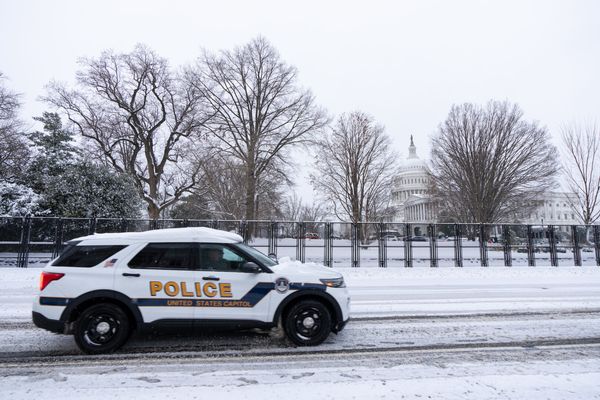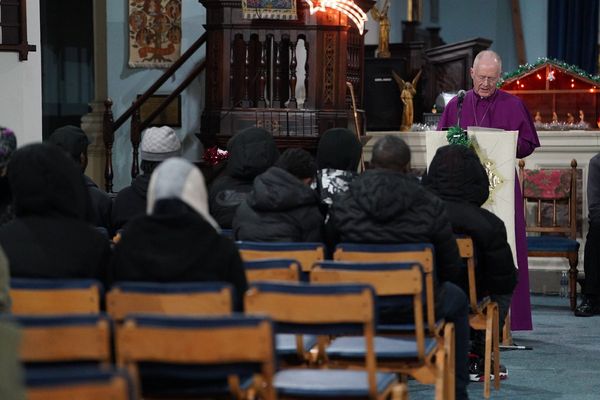Supplied: Australian War Memorial
)In a small locality in South Australia's Riverland region, a significant part of Australia's World War II history lays vacant.
The Loveday Internment Camp, built near the town of Cobdogla, was established in 1941 and became the largest establishment housing internees and prisoners of war in Australia.
During the conflict, the Australian and United Kingdom governments arrested citizens born in enemy countries, even if they had done nothing wrong, and housed them in camps, like Loveday, across the country.
Up to 26 men slept in makeshift cabins, with POWs joining the internees as the war progressed.
Supplied: Heritage SA
)Opium poppies and daisies
International trade was thrown to the side during World War II as regular supply chains were disrupted and ships were rerouted to help the war effort.
In response, the Australian government turned to new ways to keep the nation running, and Loveday was central to the cause.
Supplied: Australian War Memorial
)Various food crops were grown by the prisoners, as well as opium poppy, to give the army a reliable source of morphine for wounded soldiers.
"They worked closely with what we call the CSIRO now, and they had secret projects going on," Loveday historian Rosemary Gower said.
"They also grew tomatoes, and the juice was distributed throughout the Pacific for the troops from the allied forces."
Piggery for heritage register
The camp's piggery was established in 1943 and was primarily operated by Japanese internees, with the meat used to feed soldiers on the front lines, the Australian population and the internees.
Supplied: Australian War Memorial
)It's now sitting on the interim state heritage register while public consultation is undertaken as to whether the status should become permanent.
"They catered for up to 700 breeding pigs. They were fed on entirely leftover food from the kitchen.
"They were only given grain and fed up for sale as they got older… and the money from that went towards the army."
Ambassador visit in the pipeline
This year marks 80 years since the camp opened, and the volunteers who run tours and continue research into the site's past are planning to push the story of the camp into the wider community.
ABC: File photo
)Ms Gower said she was in talks with the Japanese ambassador to Australia to visit Loveday sometime this year.
"The camp was very innovative."







